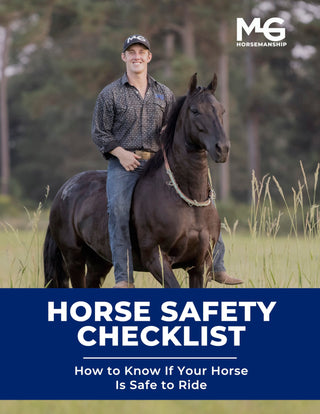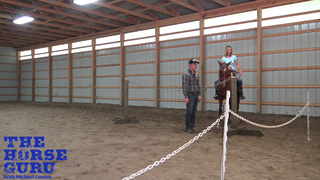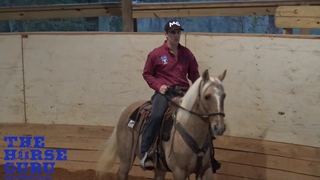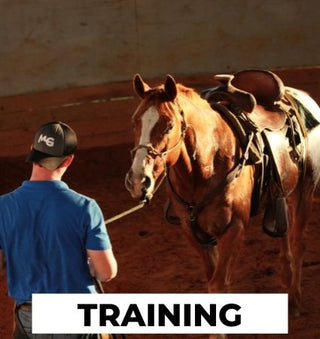Watch the Video Here or continue reading below!
If you're looking to improve your horse’s performance, responsiveness, and overall confidence under saddle, switching to a solid bridle might be the next step in your horsemanship journey. In this blog post, we’ll break down the top two benefits of using a solid bridle on your horse, especially for gaited breeds, and show you how this tool can enhance communication and performance in a big way.
✅ What Is a Solid Bridle?
A solid bridle refers to a bit that has a fixed mouthpiece—it doesn’t break in the middle like a snaffle bit. This creates a more unified feel through the reins and helps lock the horse’s head, neck, and shoulders together during work. Unlike a flexible snaffle, which encourages lateral (left and right) movement, a solid bridle promotes straightness and connection.
🥇 Benefit #1: Improved One-Handed Riding
One of the major advantages of a solid bridle is how well it prepares a horse for one-handed riding. This is particularly valuable in disciplines like reining, roping, or advanced trail work where having one hand free can be critical.
With a solid mouthpiece, when you neck rein or pick up a single rein, the horse feels consistent, whole-body pressure rather than disjointed cues. This allows you to:
-
Keep the horse’s head, neck, and shoulders aligned
-
Maintain balance and straightness
-
Develop responsive neck reining and body control
For example, Fanny—the featured horse in this demonstration—has been trained to transition from gaiting to roping and back, all while staying light and responsive in one hand. That kind of precision is hard to get without a consistent bit signal, which a solid bridle provides.
🥈 Benefit #2: Confident, Consistent Contact for Gaited Horses
Many riders struggle to keep their gaited horses smooth and steady, especially when transitioning between gaits like the walk, trot, canter, and gait. The solid bridle offers consistent contact that encourages the horse to:
-
Drive forward confidently into the bit
-
Carry their head low and stay soft in the face
-
Engage their hindquarters or “drive their butt under” for better balance and gait quality
With a solid bridle, you don’t have to constantly adjust your reins. You can keep your hands still and use your legs to create energy. When done correctly, the horse learns to find comfort in the contact and gives you a smooth, cadenced ride.
🧠 How It Works: A Live Example
In the video, trainer Michael Gascon works with Fanny, a national champion gaited horse turned heel horse. He demonstrates how this horse, trained in both gaited and traditional western disciplines, benefits from a solid bridle by:
-
Maintaining a smooth gait with soft contact
-
Instantly stopping when leg pressure is released
-
Moving exactly where the reins go with zero resistance
Michael also notes that this bit has just a 1.5-inch shank—small, but incredibly effective when paired with good riding.
💡 The Best of Both Worlds: Gaited Horse Meets Western Training
One of the coolest takeaways from this demonstration is the fusion of gaited horsemanship with traditional quarter horse disciplines. Using a solid bridle is key to blending these styles:
-
You get the smooth ride of a gaited horse
-
With the responsiveness and agility of a reined horse
This approach gives you a horse that can rope, spin, stop, and pony others—and still give you a silky-smooth gait on the trail.
🐎 Final Thoughts: Why a Solid Bridle Could Be Right for Your Horse
If you're aiming for a confident, versatile, and finely tuned horse, a solid bridle might just be your secret weapon. It:
-
Builds trust and consistency
-
Encourages proper body alignment and collection
-
Supports soft, smooth, and steady riding—especially for gaited horses
Ready to level up your horse's training? Try incorporating a solid bridle and see how it transforms your ride.










